
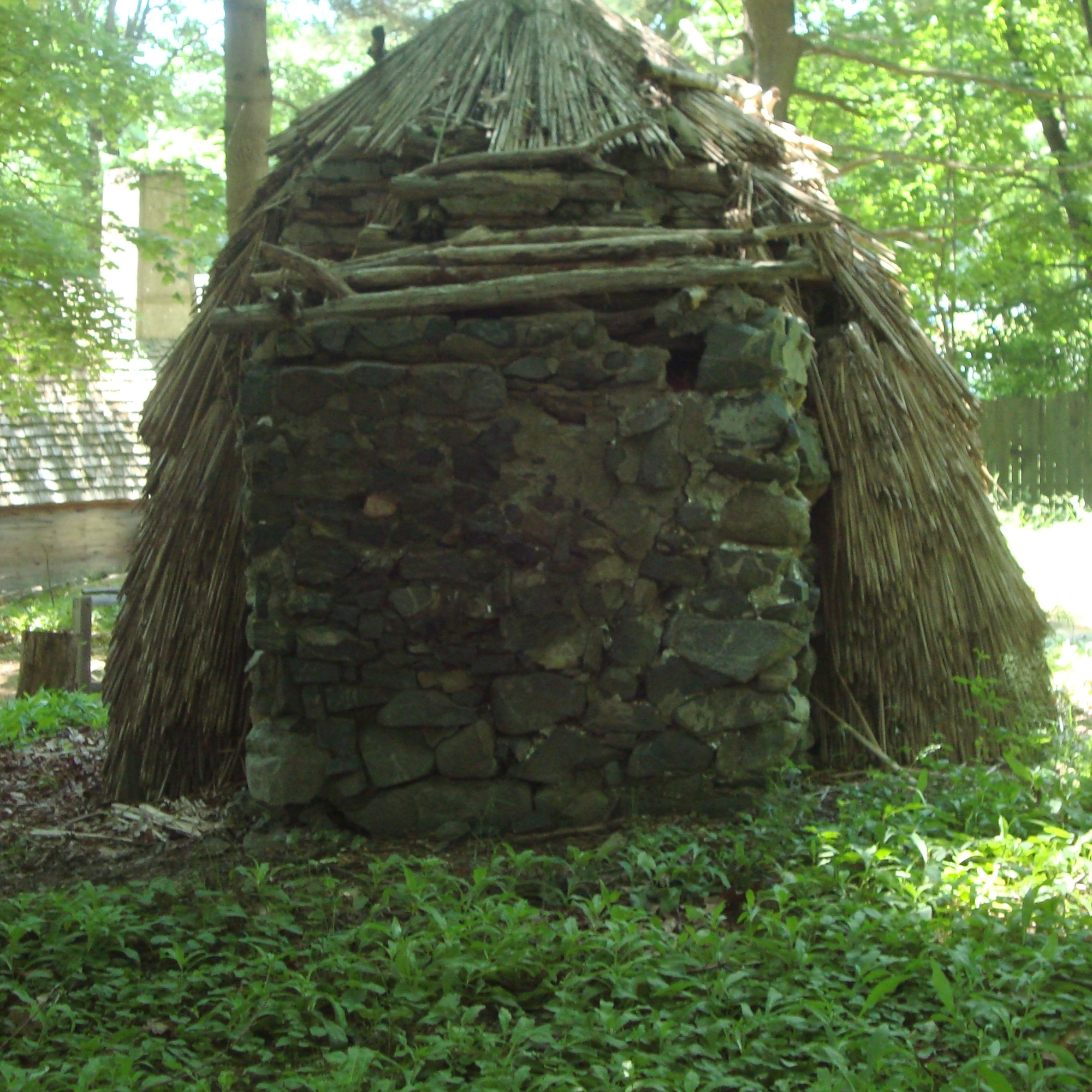
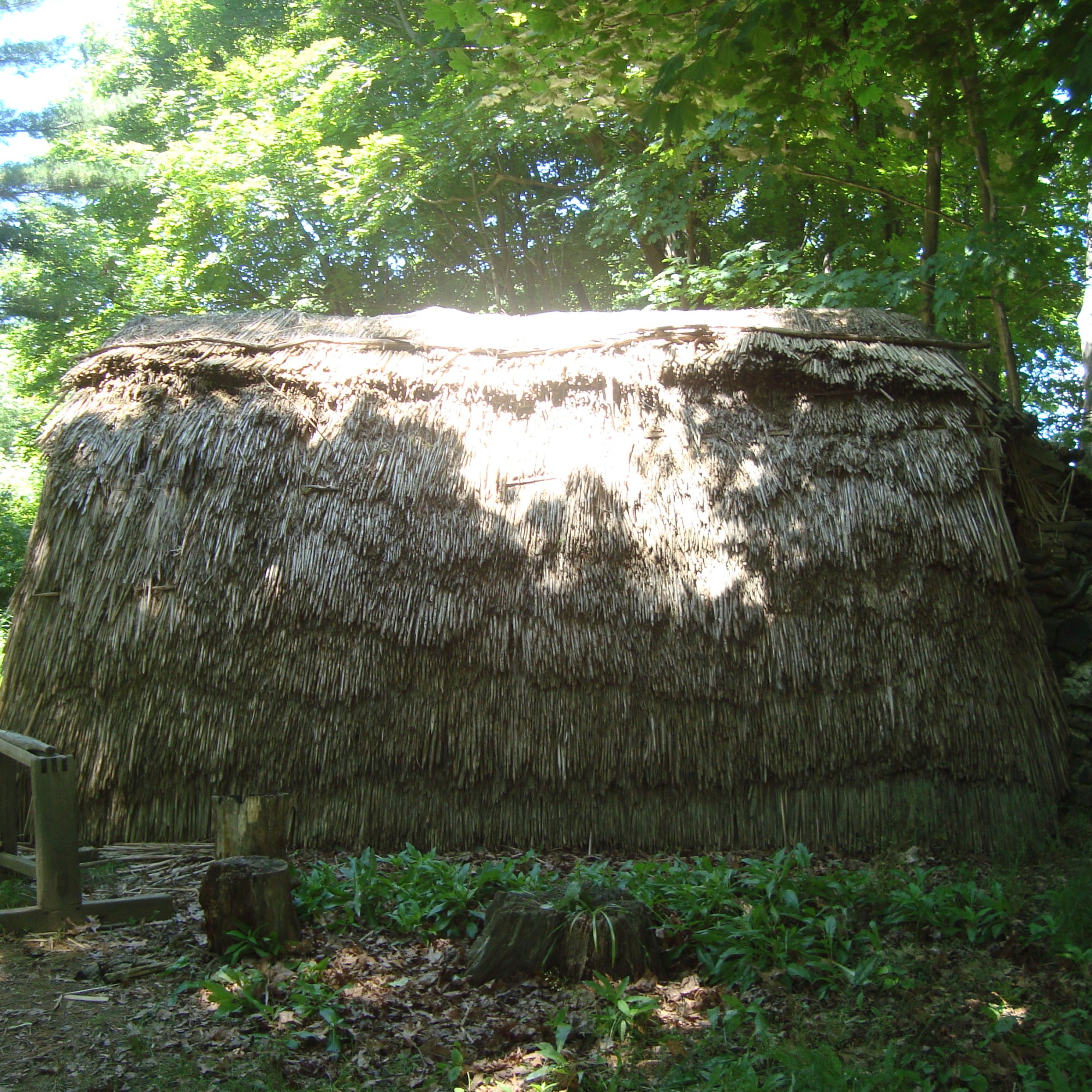
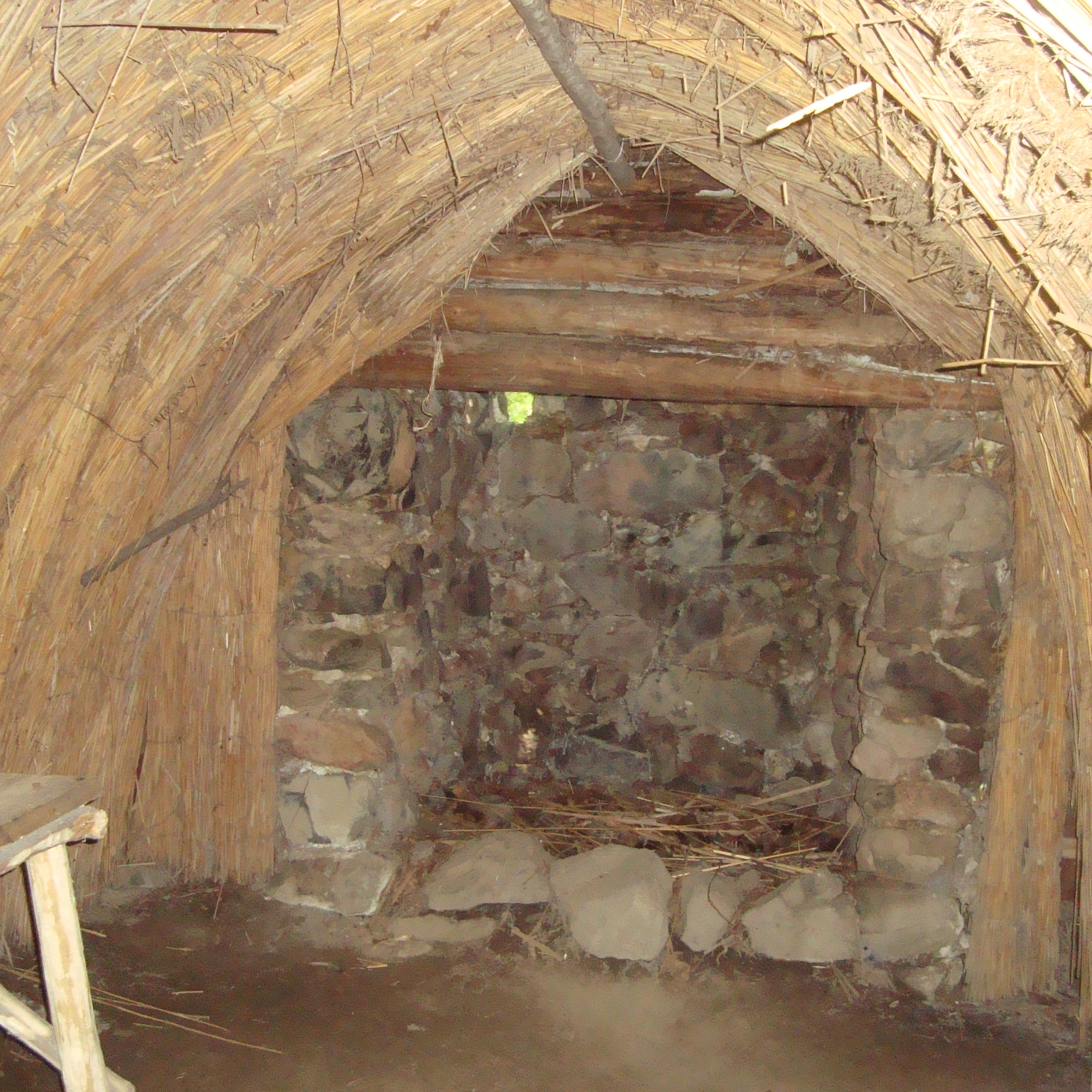

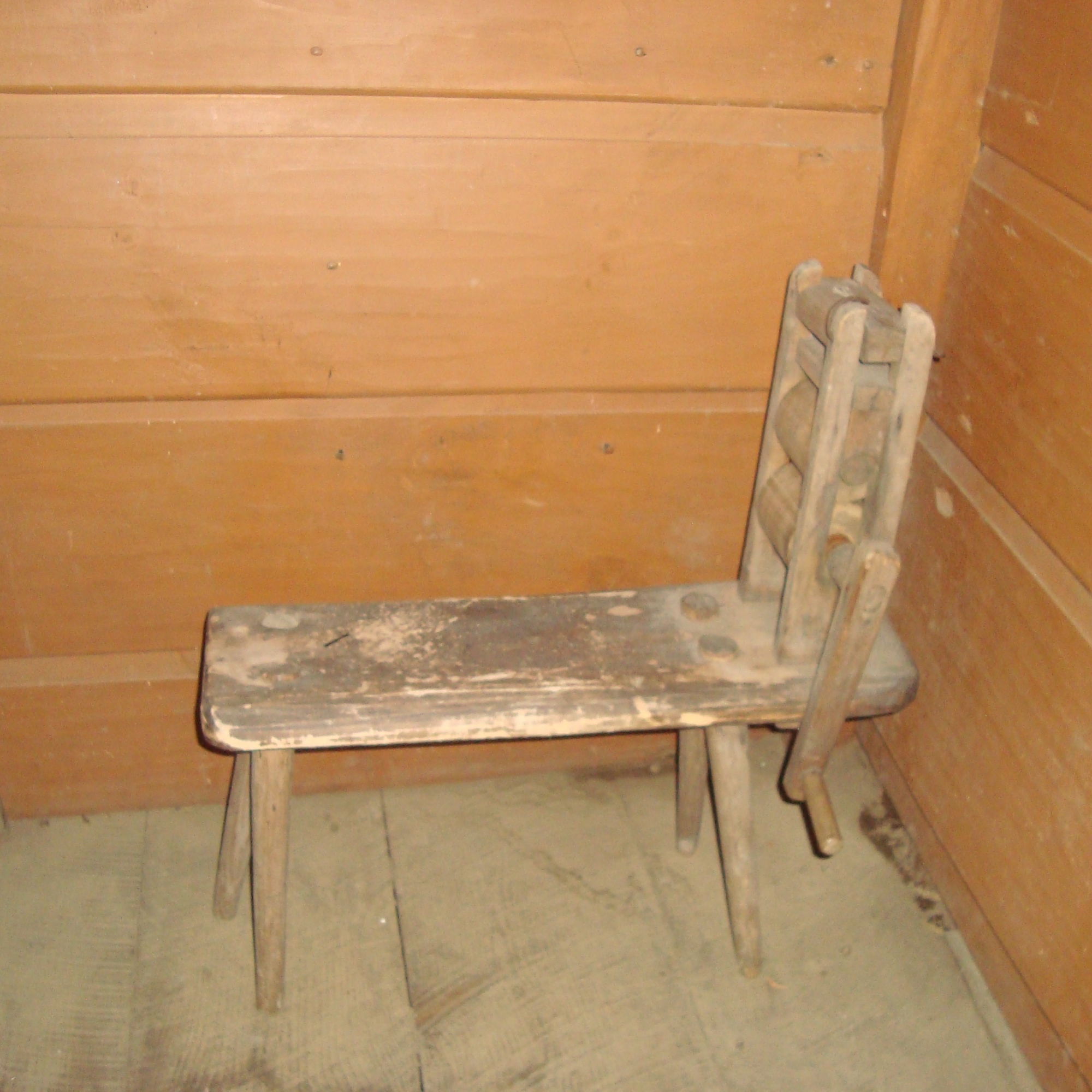

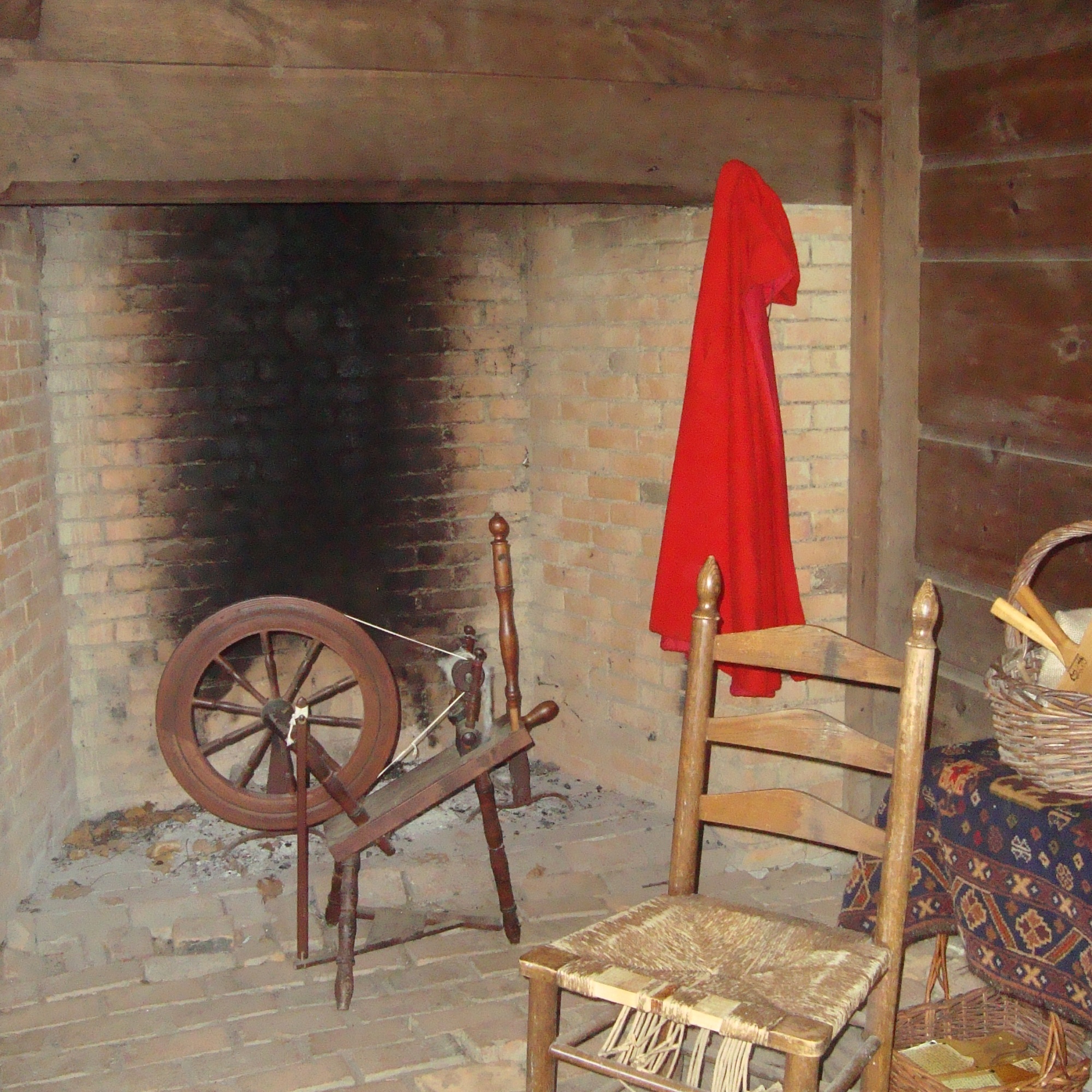

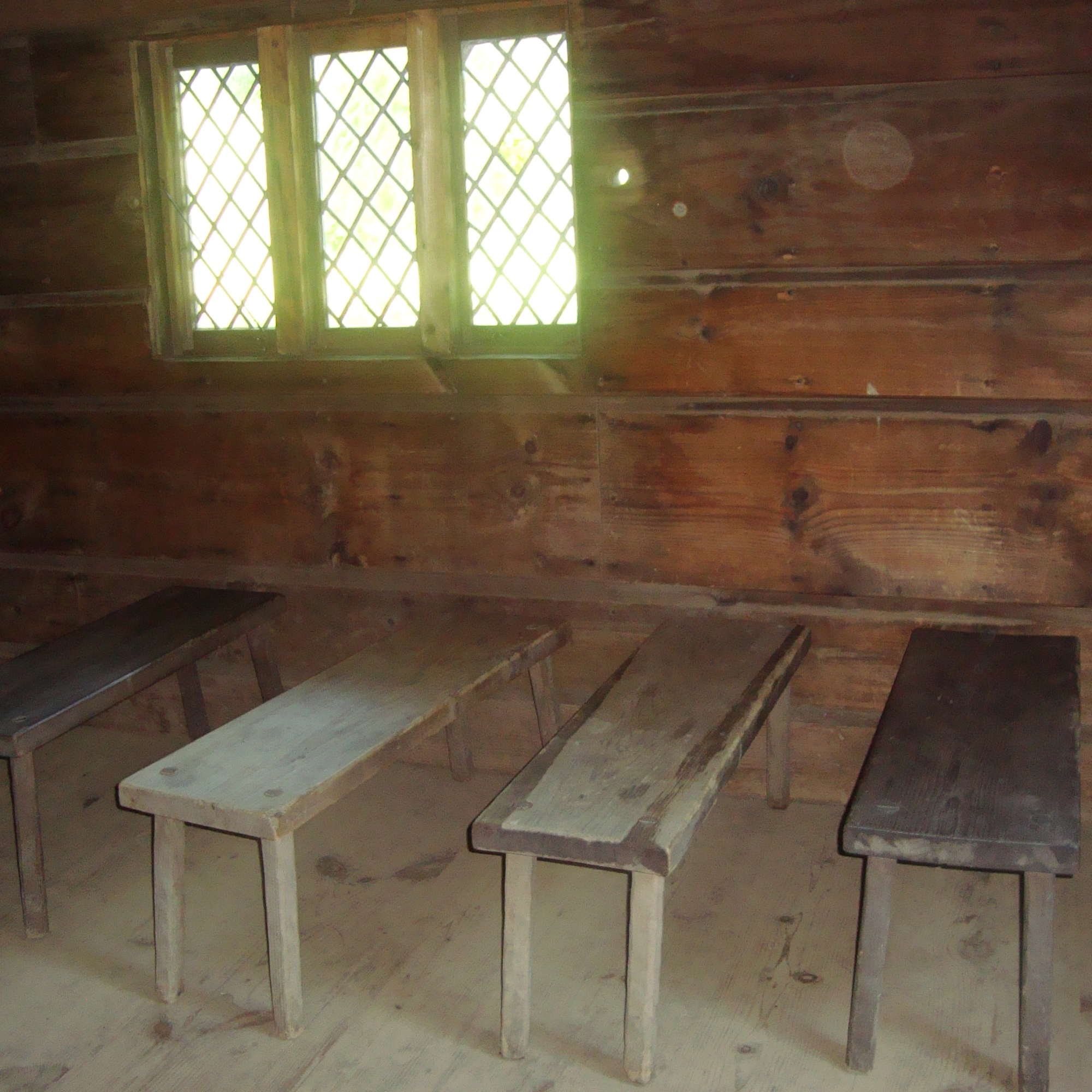


Week 1 Foundations is a double-dipping post. I used it for my Photo Story Facebook post. When I opened my e-mail this evening, I found this week’s prompt. Foundations. I have profound New England roots. A strong foundation of family history.
Day 3 of Photo Storytelling is triggered by photos from 2013 at the 1630 Salem Village.
My husband, Mike Butka, our friend Mike Miello, and I visited the village on a warm June day that offered a gentle breeze from the ocean. A camera crew was there filming a documentary. We were lucky to be allowed in. I explained I was photographing my travels for my “Where in the State is Mom” Facebook page. This was a way to contact our son Michael, stationed overseas for an Air Force tour of duty. Many of his buddies expressed what comfort our traveling posting brought to them. They felt like a piece of home was visiting them as they defended our country.
Any time of year is an excellent time to give thanks for what we have. I want to thank my ancestors and those brave men and women defending our country’s freedom. If not for them, I would not be in this state of four seasons. I wouldn’t be able to enjoy the blossoming Lilacs of the spring. The rushing spring-fed water of our cold streams and brooks, or the dashing waves of the coastline during the summer. The dazzling array of falls colors from the yellow birch trees to the fully dressed red maples. Last but not least, the snow-capped winter mountains. Their stamina and courage to voyage across the great wilderness known as the Atlantic Ocean during the Great Migration allowed me to enjoy new Hampshire naturally for all seasons.
The Great Migration was from 1630 to 1640. Political and religious beliefs turmoil led many from England to decide that the New World would be a place to practice those beliefs. Isaac Stearns (Watertown), Robert Fletcher (Concord), Aquila Chase (Newburyport), and Thomas Nelson (Rowley) were a few of my ancestors that made that decision. They were tailors, surveyors, seamen, and entrepreneurs by trade.
They did not stop their migration in the Massachusetts Bay Colony but continued to advance into the wilderness of New Hampshire. Their large families of eleven to fourteen members needed room to grow and have land of their own. Like most children, you don’t always hold the same beliefs as your parents; some even removed themselves so they could practice their choice of religion, have their own farm or craft, or simply live life away from the political tyrants of the day.
In my research to date, my ancestors were proprietors or early settlers of New Hampshire towns currently called Merrimack, Amherst, Litchfield, Goffstown, Bedford, Weare, Sutton, New London, and Hampton.
Traveling the back roads of New Hampshire provides a small glimpse into what the wilderness was like for them. No electricity. No readily cut timber. The trees and a hole in the ground was their toilet. They needed to settle near a flowing river or ocean for food, water for bathing, and traveling to other areas until a road was cleared. New Hampshire’s springtime dirt road travel can give you an idea of the rough terrain they traversed. Walking ankle to knee deep in wet, earthy-smelling, heavy mud.
They brought what they could carry with them. Our ancestors built from what nature provided or did without. The photo is from the Salem 1630 Village, showing how they lived when they first arrived. They stayed on the ship they arrived on until a home was built.
We enjoy camping in the summer. A few of us may have participated in hardy winter camping. Yet, camping time was limited to a weekend or maybe a few weeks. Can you imagine a family of fourteen people living in a sod-covered house, no doors or windows other than animal skins or homemade bedding? They lived in those rough conditions year-round.
I am thankful for all they did to survive and create New Hampshire towns. Shaw’s Brother Song, New Hampshire Naturally best describes how I think about my native state. New Hampshire Naturally by Rick and Ron Shaw; Words for the song can be found on the State Symbols USA website,
“Oh, New Hampshire, It is the place I want to be. Oh, New Hampshire, I love you naturally.”
June Stearns Butka Photograph taken 2013

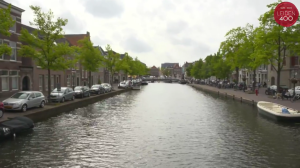
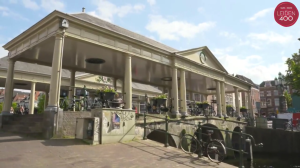

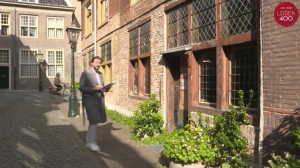




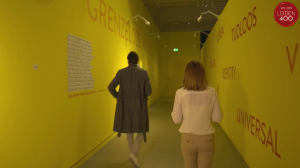



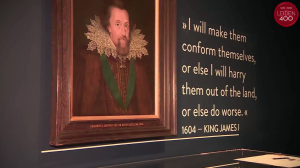




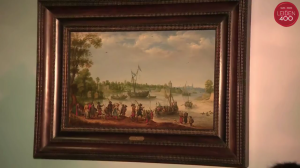


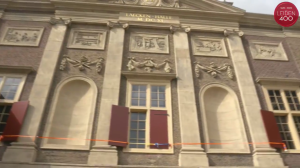
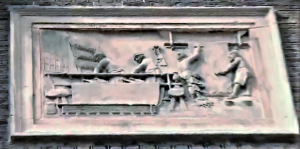
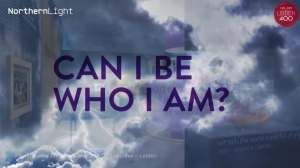

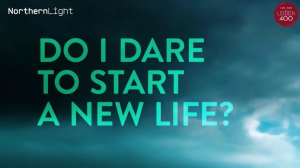
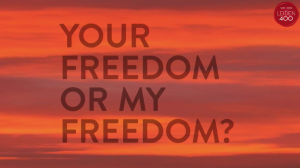
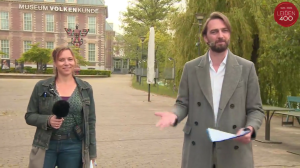
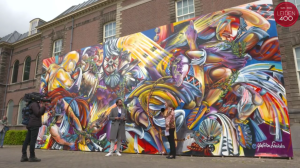
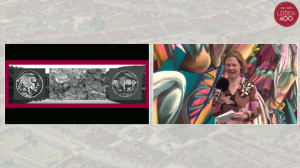
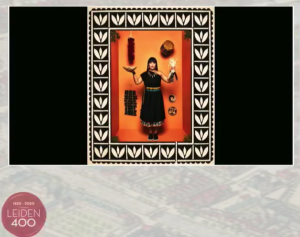
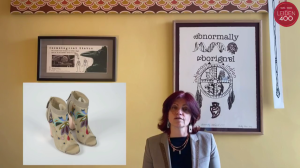
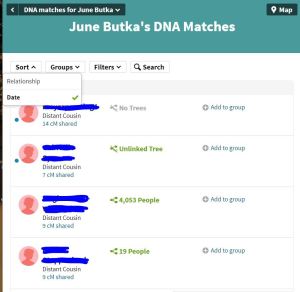
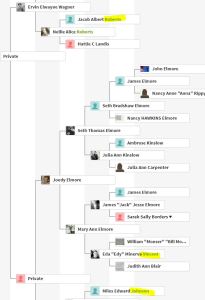



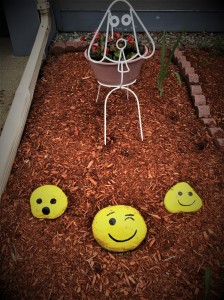
You must be logged in to post a comment.